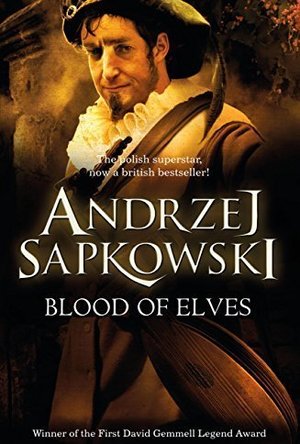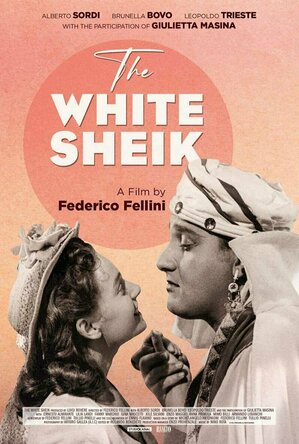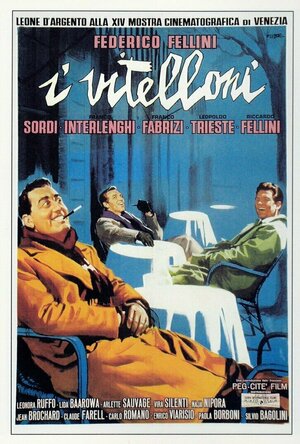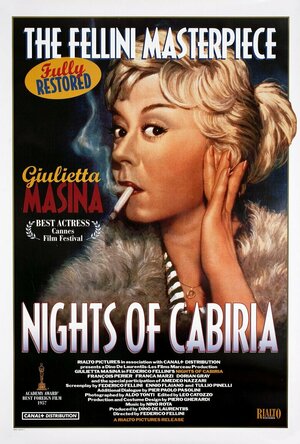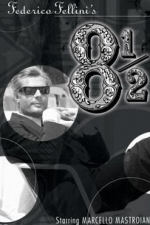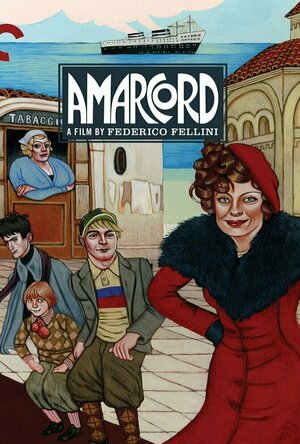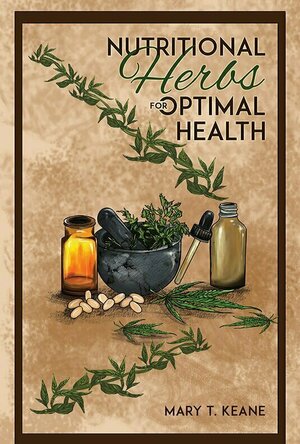Search
Search results
Erika Kehlet (21 KP) rated Dandelion Dead (A Natural Remedies Mystery #4) in Books
Feb 21, 2018
I jumped in at the middle again this is book #4 in the series, but the first one that I read. Although some characters did share a history, I had no problem figuring out who was who, or how they related to each other, so you dont have to have read the earlier books to enjoy this one.
Cafe owner Willow, her animal rescuer boyfriend Jackson, and winemaker (and Willows ex-boyfriend) Simon are a great team. Each brings a unique set of qualities to the table, and they work well together.When Lily, one of Willows employees, is accused of murder as well as a second attempted murder, the police are convinced that theres no need to look for other suspects. The three friends decide to investigate on their own, both to keep Lily out of jail, and to stop the real killer from finishing the job he started.
Dandelion Dead is a fun read, both for the mystery and the info on edible plants and natural remedies.
<i>NOTE: I was provided with a free copy of the book in exchange for an honest review. All thoughts and opinions expressed are my own.</i>
Cafe owner Willow, her animal rescuer boyfriend Jackson, and winemaker (and Willows ex-boyfriend) Simon are a great team. Each brings a unique set of qualities to the table, and they work well together.When Lily, one of Willows employees, is accused of murder as well as a second attempted murder, the police are convinced that theres no need to look for other suspects. The three friends decide to investigate on their own, both to keep Lily out of jail, and to stop the real killer from finishing the job he started.
Dandelion Dead is a fun read, both for the mystery and the info on edible plants and natural remedies.
<i>NOTE: I was provided with a free copy of the book in exchange for an honest review. All thoughts and opinions expressed are my own.</i>
Phil Maxwell (25 KP) rated Blood of Elves in Books
Apr 5, 2020
Great pace (2 more)
Countries, Wars and Politics all well described
Believable characters and understandable plotline.
A magnificent start by Andrzej Sapkowk
I was a relative latecomer to The Witcher series of books, but gosh am I glad I found out about them.
I had only played the video games before then (and absolutely loved them, by the way). This kind of worked in my favour though, as once I started reading Blood Of Elves I already had a broad knowledge of the countries involved, the wars and battles that had occurred, and of course the lovely (and not so lovely) cast of characters within.
Andrzej Sapkowski's writing style was fluid throughout and kept the story moving at an enjoyable pace. Not once did I find myself thinking it was going too slow or too fast.
His descriptions of the different locales were top notch fantasy fayre, as were those of main characters Geralt, Yennefer, Ciri, Triss, Dandelion and it's bit players also.
To say I was enthralled by Sapkowksi's first Witcher story is putting it lightly. I could barely put it down and every little bit of spare time I had was devoted to reading Blood Of Elves. I am now working my way through Time Of Contempt (The second installment) and am finding it equally as enjoyable, if not more so.
I had only played the video games before then (and absolutely loved them, by the way). This kind of worked in my favour though, as once I started reading Blood Of Elves I already had a broad knowledge of the countries involved, the wars and battles that had occurred, and of course the lovely (and not so lovely) cast of characters within.
Andrzej Sapkowski's writing style was fluid throughout and kept the story moving at an enjoyable pace. Not once did I find myself thinking it was going too slow or too fast.
His descriptions of the different locales were top notch fantasy fayre, as were those of main characters Geralt, Yennefer, Ciri, Triss, Dandelion and it's bit players also.
To say I was enthralled by Sapkowksi's first Witcher story is putting it lightly. I could barely put it down and every little bit of spare time I had was devoted to reading Blood Of Elves. I am now working my way through Time Of Contempt (The second installment) and am finding it equally as enjoyable, if not more so.
Heather Cranmer (2721 KP) created a post
Feb 12, 2021
Greg Mottola recommended The White Sheik (1952) in Movies (curated)
Greg Mottola recommended I Vitelloni (1953) in Movies (curated)
Greg Mottola recommended Nights of Cabiria (1957) in Movies (curated)
Greg Mottola recommended 8 1/2 (1963) in Movies (curated)
Greg Mottola recommended Amarcord (1973) in Movies (curated)
Haley Mathiot (9 KP) rated How to Roast a Lamb: New Greek Classic Cooking in Books
Apr 27, 2018
Review: this is a beautiful (huge! like, 2 inches thick.) book bursting with incredible pictures that make me crave salad like i never have before and make octopus actually look edible (and appealing), information that I never would have known or thought about about the ingredients, and fantastic (and some… interesting…)recipes. A typical recipe will include a beautiful full page photograph, description of the food, very easy to read and easy to follow instructions, extra ideas and variations, and little notes and tips and pieces of advice.
There are eleven categories: My Father’s Garden, Open Water, Dinner family style, My First Recipes, The hunting trip, a Lamb and a Goat, Psilakis Birthday Dinners, Kefi—A time to dance, Big party cooking, Anthos—the new world, and The Aegean Pantry. the back of the book includes recipes by type of dish and even metric conversions.
Each section is headed off with a two or three page story about Michael’s life and lots of photographs. some of the stories are sweet, like him remembering cooking for his parents for the first time. some are things i can relate to, like the thrill and pride of learning to dance. (though I never learned to dance on an empty glass beer bottle.) and some stories are sad and sweet, like him telling the time he watched his father kill the lamb that was his friend for Easter dinner.
a quick sampling of the recipes, some that sound fantastic:
*Warm Feta with Tomato, Olive and pepper salad
*Whole Spit roasted lamb
*Grilled watermelon and grilled manouri (which sounds discussing but the photograph looks incredible)
*roasted scallops with cauliflower, tart dried cherries, and capers in brown butter sauce
*Steak with bone marrow htippiti
*Dumplings with sausage, dandelion greens, sundried tomato and pine nuts
Now I’m hungry.
Recommendation: anyone who enjoys cooking really good food, gourmet, beautiful photographs of really good food, or just loves cooking in general.
There are eleven categories: My Father’s Garden, Open Water, Dinner family style, My First Recipes, The hunting trip, a Lamb and a Goat, Psilakis Birthday Dinners, Kefi—A time to dance, Big party cooking, Anthos—the new world, and The Aegean Pantry. the back of the book includes recipes by type of dish and even metric conversions.
Each section is headed off with a two or three page story about Michael’s life and lots of photographs. some of the stories are sweet, like him remembering cooking for his parents for the first time. some are things i can relate to, like the thrill and pride of learning to dance. (though I never learned to dance on an empty glass beer bottle.) and some stories are sad and sweet, like him telling the time he watched his father kill the lamb that was his friend for Easter dinner.
a quick sampling of the recipes, some that sound fantastic:
*Warm Feta with Tomato, Olive and pepper salad
*Whole Spit roasted lamb
*Grilled watermelon and grilled manouri (which sounds discussing but the photograph looks incredible)
*roasted scallops with cauliflower, tart dried cherries, and capers in brown butter sauce
*Steak with bone marrow htippiti
*Dumplings with sausage, dandelion greens, sundried tomato and pine nuts
Now I’m hungry.
Recommendation: anyone who enjoys cooking really good food, gourmet, beautiful photographs of really good food, or just loves cooking in general.
Night Reader Reviews (683 KP) rated Nutritional Herbs for Optimal Health in Books
Feb 4, 2020
Honest Review for Free Copy of Book
Nutritional Herbs for Optimal Health by Mary T. Keane is an extremely short handbook detailing a select few herbs and their usefulness for nutrition and health. Though the serious herbalist will want a bigger, more detailed guide this is a nice quick reference or introductory book for the beginner.
Herbs have been used for centuries for their medicinal and nutritional properties. In fact they were the first form of medicine we had long before our current manufactured medicine became a thing. This book details the way some herbs used to be used before modern medicine took over and how they may still be used today. It also covers some of the illnesses people of today face and the deficiencies that cause them. It explains why and how specific herbs can help with some of these illnesses.
While the book has a large focus on Nettles (yes that stinging plant that many outdoors families were taught to avoid, at least where I live) for arthritis and kelp for the heart and thyroid other useful plants were mentioned. Comfrey will be a herb that many readers will want to keep on hand after learning about how it can speed up healing wounds significantly. Those prone to nausea will learn to keep Dandelion on hand and some Yaroow for toothaches and those hemorrhoids no one ever want to talk about. Don’t know how to properly use, prepare, or administer these herbs? Don’t worry all that is covered as well.
I really enjoyed how the author went into the historic uses of some of the herbs mentioned. It was especially interesting to learn how Stinging Nettle would directly be hit on the skin of a person suffering from Arthritis to increase circulation in order to reduce pain. I was disapointed that there was not a larger range of herbs mentioned. The book only talks about around twenty-three herbs total and some of those only got one short paragraph. Alos out of those few herbs mentioned only and a handful have pictures with them. Finally, my last complaint is that it talks about specific mineral or element deficiencies that can be treated with herbs more than the herbs themselves.
To be completely honest the only people who are going to really enjoy this book are health-conscious adults. This is largely because of the informative topic and the fact that this book is more of a handbook or guide. I rate this book 2 out of 4. While I did enjoy the information in this book it felt like there wasn’t that much offered. The lack of images and diversity of the herbs mentioned was a real let-down from me. Between that and the author frequently referring to or mentioning other books she wrote this book felt more like a teaser or sample and not the full thing.
https://nightreaderreviews.blogspot.com
https://facebook.com/nightreaderreviews
Herbs have been used for centuries for their medicinal and nutritional properties. In fact they were the first form of medicine we had long before our current manufactured medicine became a thing. This book details the way some herbs used to be used before modern medicine took over and how they may still be used today. It also covers some of the illnesses people of today face and the deficiencies that cause them. It explains why and how specific herbs can help with some of these illnesses.
While the book has a large focus on Nettles (yes that stinging plant that many outdoors families were taught to avoid, at least where I live) for arthritis and kelp for the heart and thyroid other useful plants were mentioned. Comfrey will be a herb that many readers will want to keep on hand after learning about how it can speed up healing wounds significantly. Those prone to nausea will learn to keep Dandelion on hand and some Yaroow for toothaches and those hemorrhoids no one ever want to talk about. Don’t know how to properly use, prepare, or administer these herbs? Don’t worry all that is covered as well.
I really enjoyed how the author went into the historic uses of some of the herbs mentioned. It was especially interesting to learn how Stinging Nettle would directly be hit on the skin of a person suffering from Arthritis to increase circulation in order to reduce pain. I was disapointed that there was not a larger range of herbs mentioned. The book only talks about around twenty-three herbs total and some of those only got one short paragraph. Alos out of those few herbs mentioned only and a handful have pictures with them. Finally, my last complaint is that it talks about specific mineral or element deficiencies that can be treated with herbs more than the herbs themselves.
To be completely honest the only people who are going to really enjoy this book are health-conscious adults. This is largely because of the informative topic and the fact that this book is more of a handbook or guide. I rate this book 2 out of 4. While I did enjoy the information in this book it felt like there wasn’t that much offered. The lack of images and diversity of the herbs mentioned was a real let-down from me. Between that and the author frequently referring to or mentioning other books she wrote this book felt more like a teaser or sample and not the full thing.
https://nightreaderreviews.blogspot.com
https://facebook.com/nightreaderreviews

